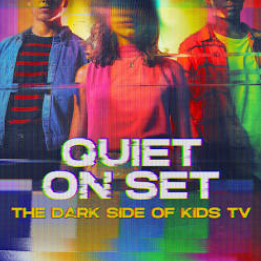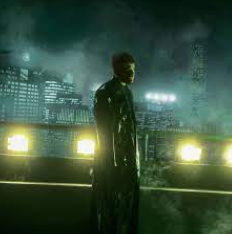AI Art Controversy
January 20, 2023
In these last few months, the use of AI generated art has been on the rise. Many artists are speaking against it, as it takes away from their own careers. Pieces of art are taken and used in the databases used to program AI art, without consent of the original artist. In some instances, a signature from the original artist can be seen in the AI images. As this AI art movement is picking up the pace, artists fear that they will one day be replaced entirely.
Student artists at Briar Woods also have some thoughts to share on AI art. “AI art could potentially put many artists out of work. Companies may not feel the need to hire artists if they could use an app to create what they need for a cheaper cost. This would decrease the demand for graphic designers, painters, sculptors, and illustrators” said junior Niranjana Rathinam.
Others agree that AI art is undoubtedly harmful to the artist community. “AI art can be harmful to human artists because it’s taking away the physical aspect of art making, such as painting or drawing. It can also be harmful to companies that provide art supplies because AI art doesn’t require those supplies” said sophomore Dani Palusci.
To create the software that enables AI art to make its prompted works, art is taken and used in a general database, more often than not without the artist’s permission. “Just from personally doing art I know that it takes a lot of hard work, time, and creativity to create a piece of art. I can’t imagine how it must feel like for real artists to see an app leech off of their hard work, while they get no commission for it. It is simply terrible” said Rathinam.
Palusci agrees with the sentiments that it is wrong for AI art to be stealing from real human artists. “[It] is definitely not okay because the real artist physically worked hard on it just to be stolen [by] technology” she said.
At an art competition in Colorado earlier this year, a piece of AI art was awarded the winner’s blue ribbon. The man behind the piece, Jason Allen, has received lots of backlash from artists across the web. He defended himself by stating that no competition rules were broken, and really none were. In an interview with the New York Times, he further protected his views on AI art by saying “[there] shouldn’t be an indictment of the technology itself,” and that “the ethics isn’t in the technology. It’s in the people.”
“While I understand the frustration of the other artists, if the rules did not state that he could not use AI art then I do not think he cheated. However, I think the competition should have not allowed it in the rules. It is unfair to compare artwork that was created by hand to something that was digitally created with little difficulty from the creator himself” said Rathinam. Other artists would likely agree with Rathinam’s suggestion to ban AI art in official competitions.
To conserve and encourage more traditional methods of art, AI must be put to a stop. If this were to continue, future generations will miss out on the creativity that comes with the creation of art. “Artists should talk about the benefits of making art physically, rather than digitally, because it’s important that we try to preserve physical activities in a world of technology,” said Palusci.












